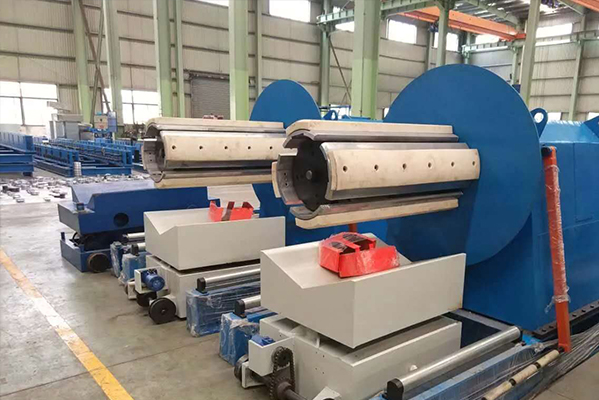Navigation Menu
Contact Us
- Email:
- info@wxavatar.com
- Address:
- Yurong Village, Yuqi Street, Huishan District, Wuxi, China.
Release Date:Apr 21, 2025 Visit:56 Source:Roll Forming Machine Factory
Truss structures are widely used in construction due to their strength, efficiency, and ability to span large distances. The thickness of the steel used in trusses depends on several factors, including the design load, span length, and material specifications.

Factors Influencing Steel Thickness
Design Load Requirements
The thickness of steel in a truss is determined by the expected loads it must support. Heavier loads typically require thicker steel sections to ensure structural integrity. Engineers calculate the required thickness based on static and dynamic load conditions.
Span Length
Longer spans may require thicker steel or additional reinforcement to prevent excessive deflection. The relationship between span length and steel thickness is carefully analyzed during the design phase.
Material Grade
Different grades of steel have varying strength properties. Higher-strength steel may allow for thinner sections while maintaining load-bearing capacity, whereas lower-strength steel may require greater thickness for the same application.
Connection Methods
The way truss members are connected—whether welded, bolted, or riveted—can influence the required steel thickness. Proper joint design ensures that stress is distributed evenly, minimizing the risk of failure.
Common Steel Thicknesses in Truss Construction
Light-duty trusses (e.g., small roofs, pedestrian bridges) may use steel thicknesses ranging from 2 mm to 6 mm.
Medium-duty trusses (e.g., industrial roofs, medium-span bridges) often use steel sections between 6 mm and 12 mm.
Heavy-duty trusses (e.g., large-span bridges, high-load structures) may require steel thicknesses exceeding 12 mm, depending on engineering calculations.

Conclusion
The thickness of steel in truss structures varies based on structural requirements, load conditions, and material properties. Proper engineering analysis ensures that the selected thickness meets safety and performance standards without unnecessary excess. By following established design principles, trusses can achieve optimal strength and durability for their intended applications.